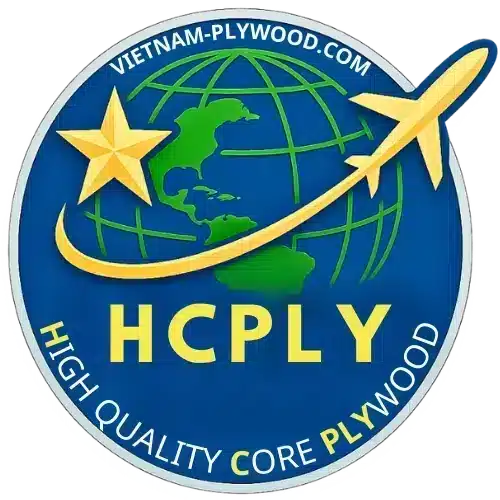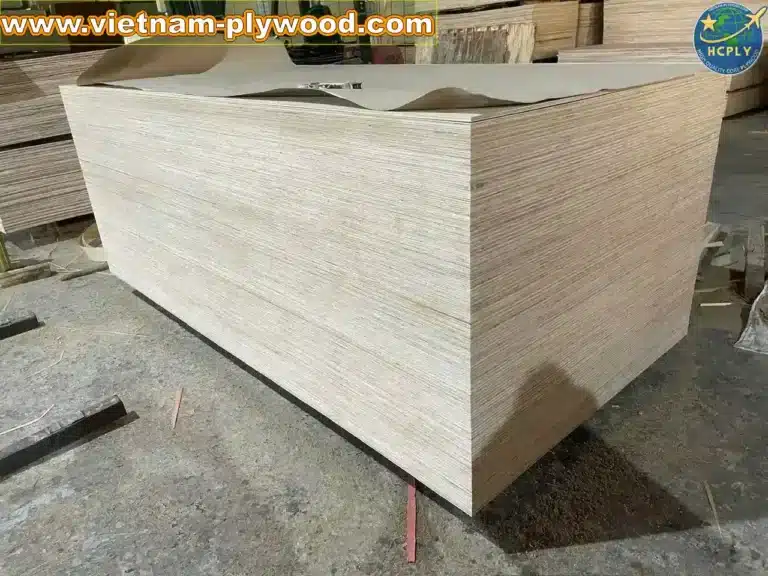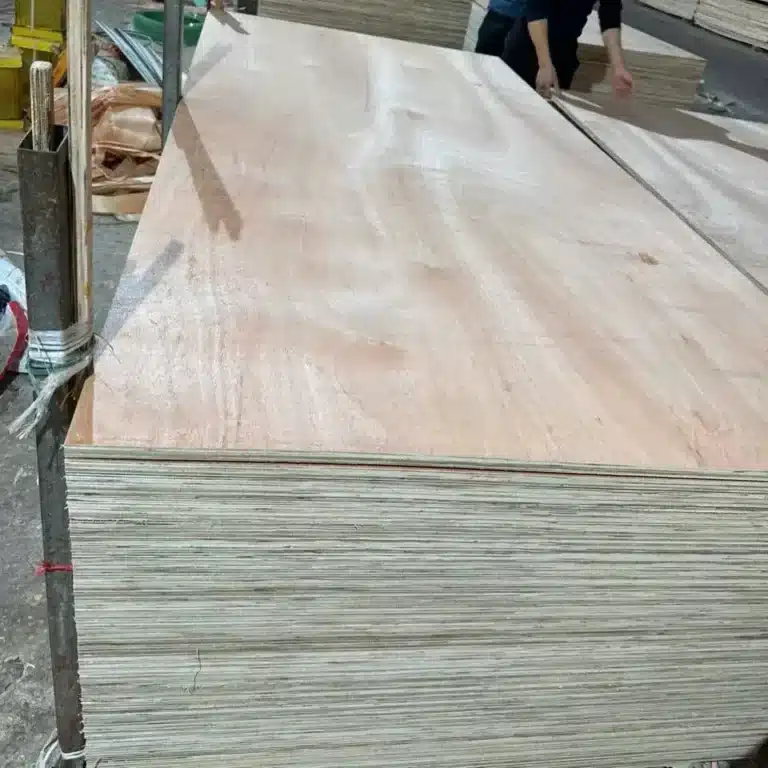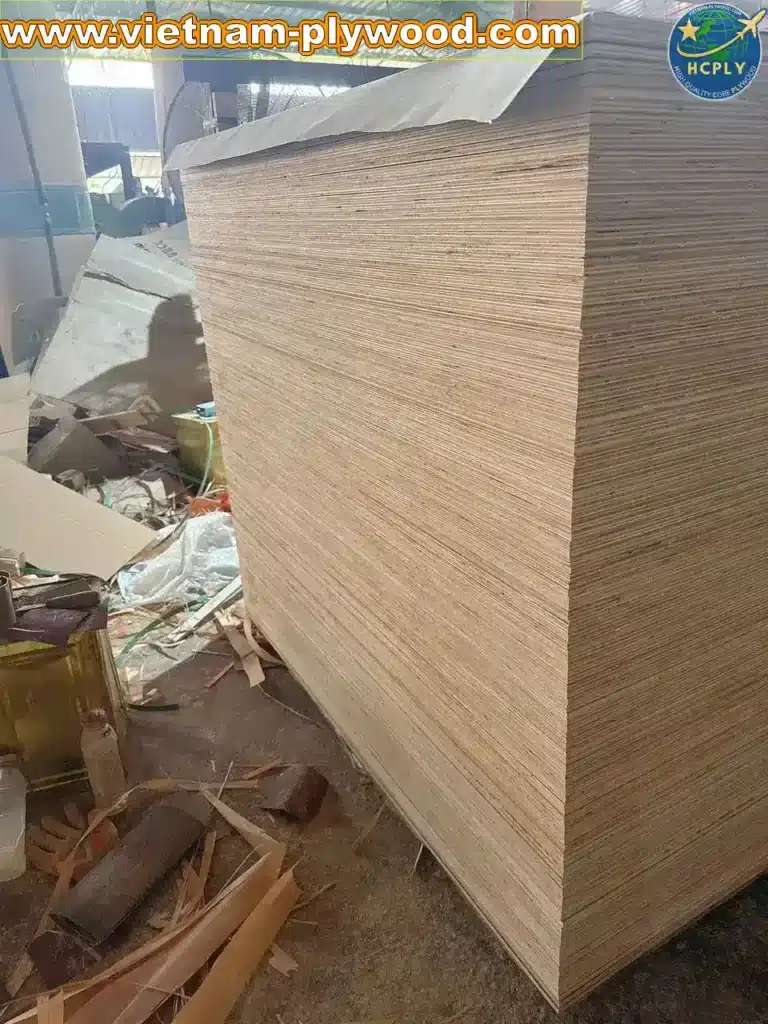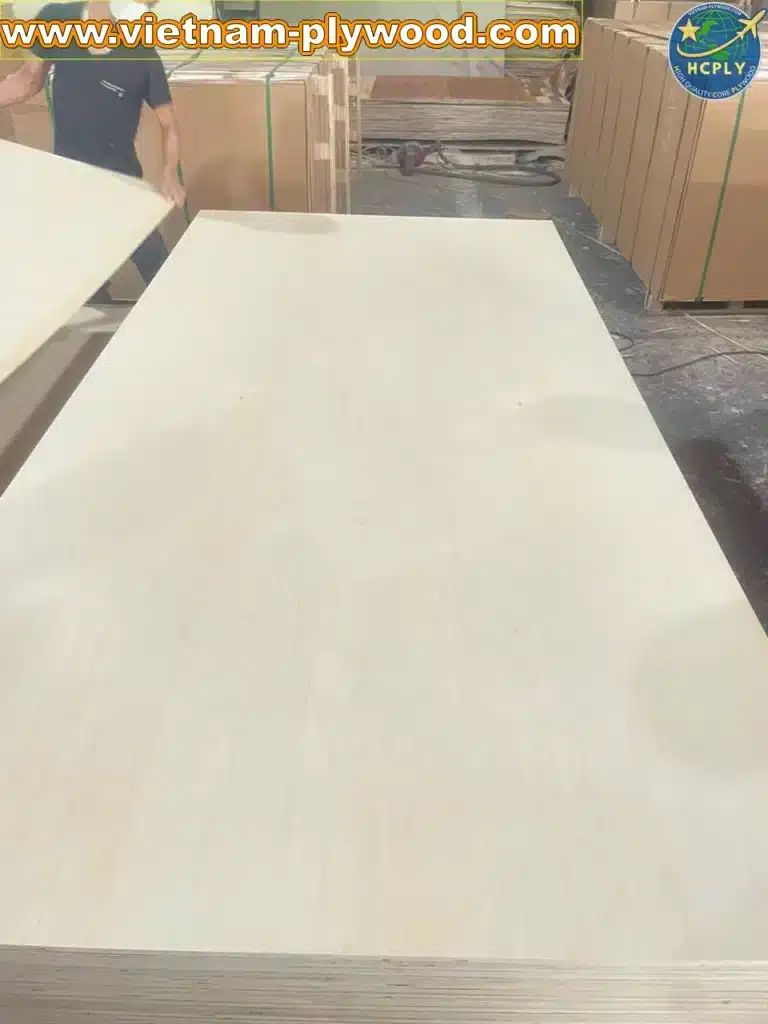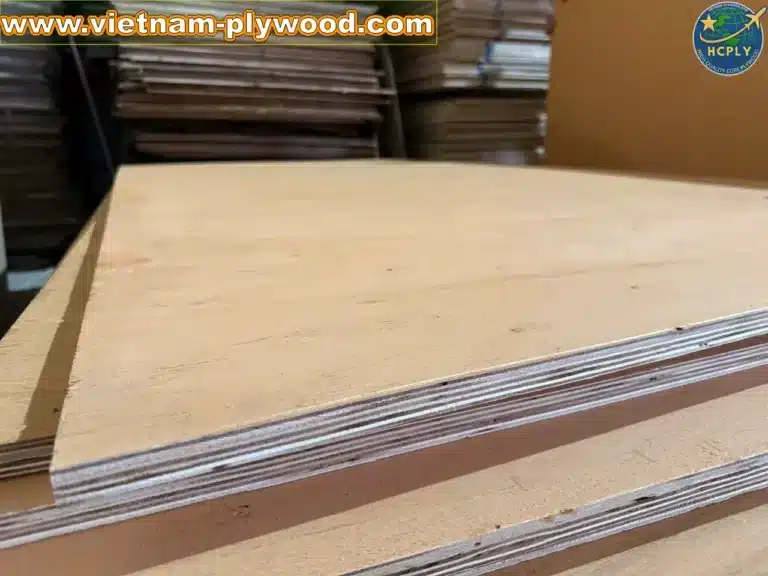Explore the range of benefits provided by Anti-Termite & Anti-Mold Treatments in Vietnam Plywood.
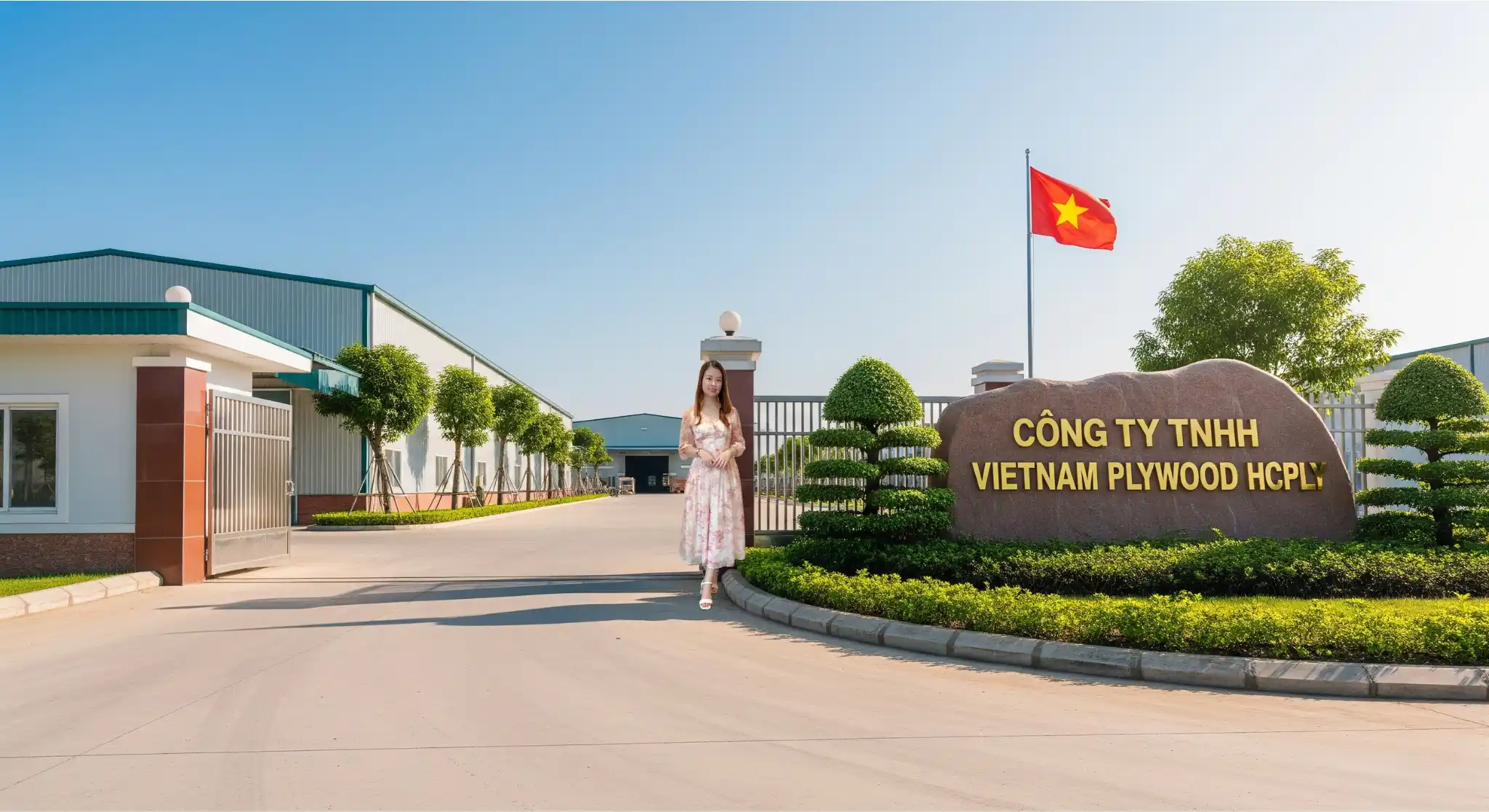
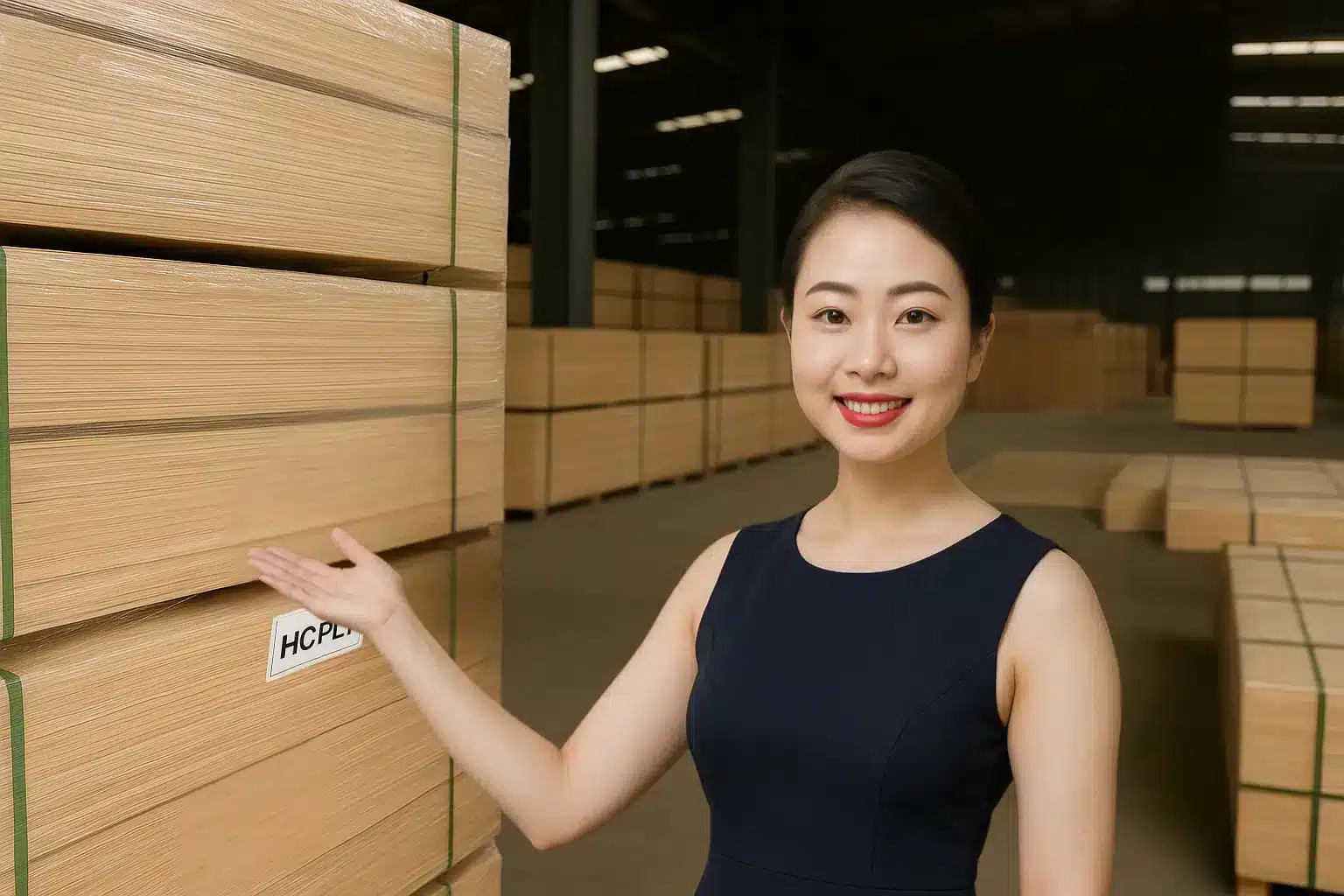
🏆 1. Introduction – Why Protection Matters
In global plywood trade, product durability is just as important as price and aesthetics. Tropical climates, long shipping times, and improper storage conditions can expose plywood to two major biological threats — termites and mold. Once these problems occur, they can permanently damage the panel’s structural integrity, appearance, and market value.
Anti-termite plywood Vietnam and anti-mold plywood Vietnam are specifically engineered to resist these risks, offering exporters and importers a reliable solution that meets the strict durability requirements of high-demand markets. Whether it’s furniture, construction, or industrial packaging, pest-resistant plywood Vietnam helps safeguard both your product investment and brand reputation.
🎯 2. Common Threats to Plywood
- Termites (White Ants)
These insects feed on cellulose — the main component of wood veneers. Termites can work from the inside out, making early detection difficult. In severe cases, they can hollow out a panel within months, leaving only a fragile outer layer. Warm, humid climates like those in South and Southeast Asia are particularly high-risk environments. - Mold and Fungal Growth
Mold spores are naturally present in the air but require moisture to grow. When plywood’s moisture content is too high, or when it is stored in damp conditions, mold colonies can quickly develop. This not only weakens the material but also causes discoloration, unpleasant odors, and possible health concerns for end-users.
💎 3. Anti-Termite Treatment Methods
Modern Vietnamese plywood factories use a combination of advanced methods to produce anti-termite plywood Vietnam that stands up to tough environmental conditions:
- Chemical Impregnation
- Using borate or permethrin-based preservatives, veneers are treated before pressing.
- These chemicals penetrate deeply, creating a lasting barrier against termite attack.
- Proper dosing ensures the treatment is effective yet safe for handling.
- Edge and Joint Sealing
- Exposed plywood edges are sealed with waterproof and pest-resistant coatings.
- Prevents hidden entry points, especially in core veneer layers where termites often start damage.
- Kiln Drying
- Veneers are dried to a controlled moisture content of ≤ 12%.
- Low moisture levels create an unfavorable environment for termites while improving glue bond strength.
📦 4. Anti-Mold Protection Techniques
Producing anti-mold plywood Vietnam involves both chemical and process-based safeguards:
- Fungicidal Surface Coatings – Applied after pressing to inhibit mold spore germination.
- Low Moisture Manufacturing – Strict moisture control at every stage reduces the risk of fungal growth.
- Moisture Barrier Films – Phenolic or melamine films act as an additional shield, especially for film faced plywood used in high-moisture applications like concrete formwork.
- Container Shipping Protection – Using desiccant bags and proper ventilation during transport to minimize humidity exposure.
Understanding the importance of Anti-Termite & Anti-Mold Treatments in Vietnam Plywood can guide purchasing decisions.
To ensure the longevity and safety of your investment, consider the benefits of Anti-Termite & Anti-Mold Treatments in Vietnam Plywood.
Implementing Anti-Termite & Anti-Mold Treatments in Vietnam Plywood is essential for maintaining high standards.
🛠 5. Vietnam’s Industrial Standards
Reputable Vietnamese manufacturers adhere to recognized international benchmarks:
- IS 401 (India) – Specifies preservation methods for plywood to protect against insects and fungi.
- EN 335 (Europe) – Defines hazard classes and biological durability requirements for wood products.
HCPLY applies an even stricter internal quality control process to ensure all pest-resistant plywood Vietnamshipments meet or exceed customer specifications, regardless of destination market.
🔍 6. Markets Requiring Treated Plywood
These Anti-Termite & Anti-Mold Treatments in Vietnam Plywood help ensure a superior product.
- India & Southeast Asia – Constantly high termite activity makes anti-termite plywood Vietnam essential.
- Middle East – Combines termite and mold resistance to handle both heat and coastal humidity.
- Australia & New Zealand – Quarantine laws strictly prohibit untreated plywood imports; treated plywood is mandatory.
- Tropical Africa & Caribbean – Extreme humidity plus insect activity make pest-resistant plywood Vietnamthe only viable option.
📌 7. How to Request Treated Plywood from HCPLY
- Specify Treatment Type – Clearly state “anti-termite” and/or “anti-mold” in your purchase order.
- Request Certificates – Obtain treatment certificates, MSDS documents, and test reports along with shipment.
- Consider Combined Protection – Dual treatment ensures maximum safety for high-risk environments.
- Upgrade to Film Faced Options – For added moisture and pest resistance, choose film faced plywood.
💬 8. FAQ – Common Buyer Questions
Q1 – Does treatment affect plywood strength?
No. Properly applied treatments maintain full mechanical strength and bonding quality.
Q2 – Can I combine both treatments?
Yes. Dual-protection pest-resistant plywood Vietnam is common for export-grade panels.
Q3 – How long does the protection last?
In normal indoor or sheltered outdoor use, protection lasts 8–10 years or more with proper handling and installation.
📈 9. Benefits for Long-Term Export
- Reduced Claim Risk – Fewer complaints and product returns from end customers.
- Regulatory Compliance – Meets import rules in multiple high-value markets.
- Customer Loyalty – Consistent quality builds trust and repeat business.
- Better Resale Value – Plywood retains appearance and strength longer, even in challenging environments.
Employing Anti-Termite & Anti-Mold Treatments in Vietnam Plywood is crucial for preserving the quality of the material.
🌟 10. Conclusion – Invest in Protection
“The cost of prevention is always less than the cost of repair.”
By choosing anti-termite plywood Vietnam and anti-mold plywood Vietnam from HCPLY, buyers secure long-term durability, compliance with global standards, and confidence in every shipment. Whether supplying to India, the Middle East, Australia, or the humid tropics, pest-resistant plywood Vietnam delivers lasting performance and peace of mind.
Ensuring that the Anti-Termite & Anti-Mold Treatments in Vietnam Plywood are up to standards protects your investment.
Countries that require high standards often demand products with Anti-Termite & Anti-Mold Treatments in Vietnam Plywood.
The need for Anti-Termite & Anti-Mold Treatments in Vietnam Plywood is most apparent in tropical regions.
Integrating Anti-Termite & Anti-Mold Treatments in Vietnam Plywood into your supply chain can reduce risks significantly.
Your stakeholders will appreciate the assurance that comes from Anti-Termite & Anti-Mold Treatments in Vietnam Plywood.
Efforts to incorporate Anti-Termite & Anti-Mold Treatments in Vietnam Plywood reflect a commitment to quality.
Future-proof your projects by selecting materials with Anti-Termite & Anti-Mold Treatments in Vietnam Plywood.
Enjoy peace of mind knowing your plywood has undergone Anti-Termite & Anti-Mold Treatments in Vietnam Plywood.
The potential for reducing damage is higher with Anti-Termite & Anti-Mold Treatments in Vietnam Plywood.
Through rigorous testing, Anti-Termite & Anti-Mold Treatments in Vietnam Plywood have proven effective.
With Anti-Termite & Anti-Mold Treatments in Vietnam Plywood, your products can stand the test of time.
Investing in Anti-Termite & Anti-Mold Treatments in Vietnam Plywood is an investment in quality.
Discover the advantages of utilizing Anti-Termite & Anti-Mold Treatments in Vietnam Plywood for your next project.
For lasting results, choose products with Anti-Termite & Anti-Mold Treatments in Vietnam Plywood.
